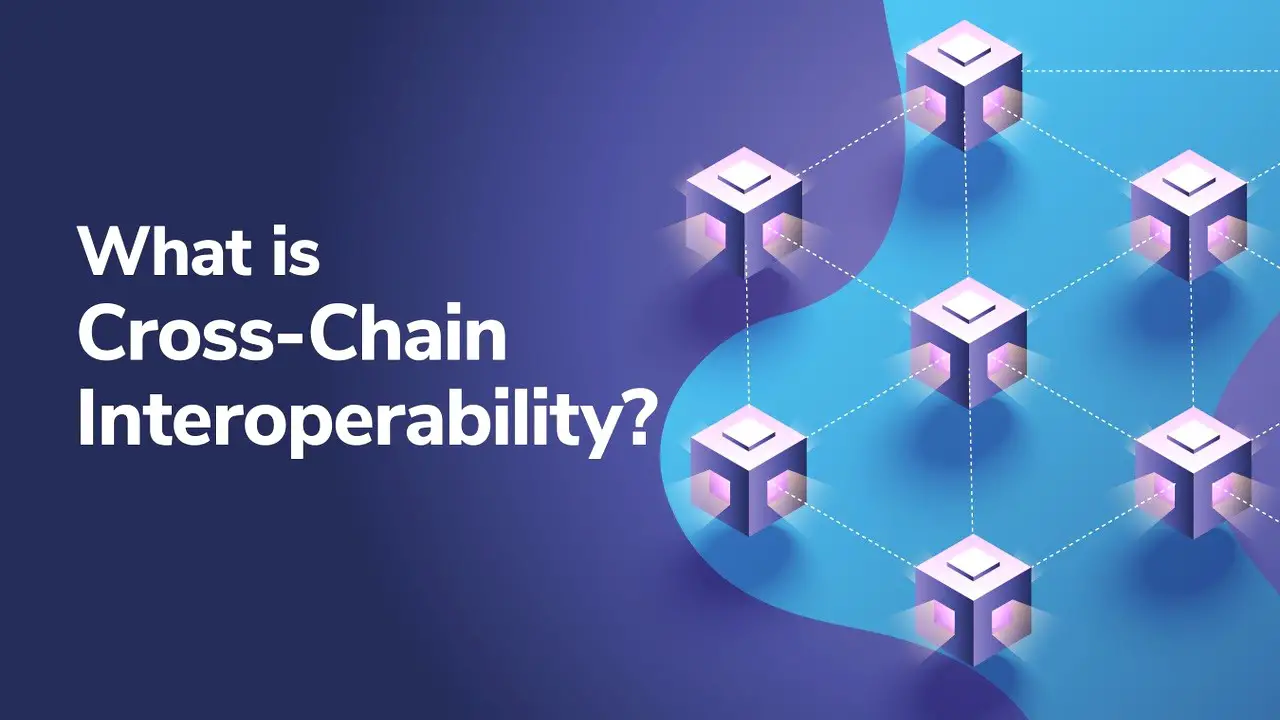Blockchain Ecosystem: In the ever-evolving world of blockchain technology, cross-chain compatibility has emerged as a pivotal factor that holds the potential to revolutionize the blockchain ecosystem. This article delves into the intricacies of cross-chain compatibility, its significance, and how it’s poised to reshape the way we interact with blockchain networks.
What is Cross-Chain Compatibility?
Cross-chain compatibility, often referred to as interoperability, represents the capability of different blockchain networks to communicate and exchange data seamlessly. It involves creating a bridge between diverse blockchain ecosystems, allowing them to work harmoniously, share information, and transact assets across networks.
This interoperability isn’t confined to a single blockchain protocol but encompasses a multitude of blockchains such as Ethereum, Bitcoin, Binance Smart Chain, and more. The concept is akin to having a universal translator that enables blockchains to understand each other’s language, thereby fostering a more connected and robust blockchain environment.
The Significance of Cross-Chain Compatibility
The advent of cross-chain compatibility holds immense significance in the blockchain space, and here’s why:
Enhanced Liquidity
By enabling cross-chain compatibility, blockchain ecosystems can harness the benefits of increased liquidity. This means that digital assets can move freely across various chains, reducing the barriers that previously hindered seamless transactions.
Diversification of Use Cases
Different blockchains have unique capabilities and strengths. Cross-chain compatibility allows developers to tap into a wider range of functionalities, leading to the diversification of use cases. For instance, the security features of one blockchain can be combined with the smart contract capabilities of another, resulting in innovative applications.
Mitigation of Scalability Issues
Scalability is a persistent concern in the blockchain world. Cross-chain compatibility can help alleviate scalability issues by offloading some of the transaction volumes to other interconnected blockchains. This not only ensures smoother operations but also reduces transaction costs.
Improved Security
Cross-chain compatibility can enhance the overall security of the blockchain ecosystem. By diversifying assets and transactions across multiple chains, the risk associated with a single point of failure is significantly reduced. This contributes to a more resilient and secure blockchain network.
The Technology Behind Cross-Chain Compatibility
Now, let’s delve into the technological aspects that make cross-chain compatibility possible:
Atomic Swaps
Atomic swaps are smart contracts that enable the exchange of assets from different blockchains without the need for an intermediary. These swaps ensure that the transaction is either fully completed or not executed at all, eliminating the risk of fraud.
Cross-Chain Bridges
Cross-chain bridges are specialized protocols or connectors that facilitate the seamless transfer of assets between two blockchains. These bridges act as intermediaries, translating transactions from one blockchain to another.
Cross-Chain Messaging Protocols
Cross-chain messaging protocols enable blockchains to communicate and share data. These protocols ensure that messages are securely transmitted between different blockchain networks, enabling the exchange of vital information.
Real-World Applications
Cross-chain compatibility is already making waves in the blockchain world, with several noteworthy applications:
Decentralized Finance (DeFi)
DeFi projects are utilizing cross-chain compatibility to expand their services. For instance, a DeFi platform built on Ethereum can leverage cross-chain bridges to access assets on other blockchains, broadening the range of assets available for lending, borrowing, and trading.
NFT Marketplaces
Non-fungible tokens (NFTs) are no longer confined to a single blockchain. Cross-chain compatibility allows NFT marketplaces to list and trade NFTs from different blockchains, enhancing the accessibility and diversity of digital collectibles.
Cross-Chain Tokens
Innovative projects are creating cross-chain tokens that can be used on multiple blockchain platforms. This concept allows users to hold and use tokens seamlessly across different chains, breaking down the barriers of blockchain silos.
The Future of Cross-Chain Compatibility
As blockchain technology continues to evolve, cross-chain compatibility is set to play a pivotal role in shaping the future of the blockchain ecosystem. Its potential to enhance liquidity, diversify use cases, mitigate scalability issues, and improve security positions it as a cornerstone of blockchain innovation.
In conclusion, cross-chain compatibility is not just a buzzword but a transformative force in the blockchain space. It brings together different blockchain ecosystems, unlocking new possibilities and expanding the horizons of what blockchain technology can achieve.
